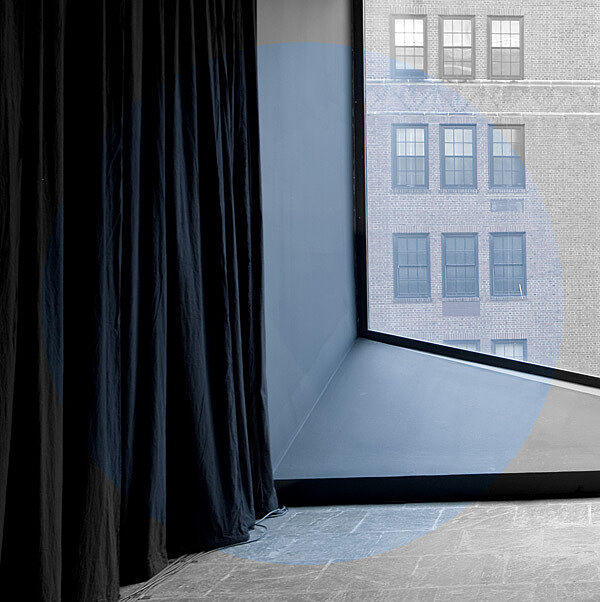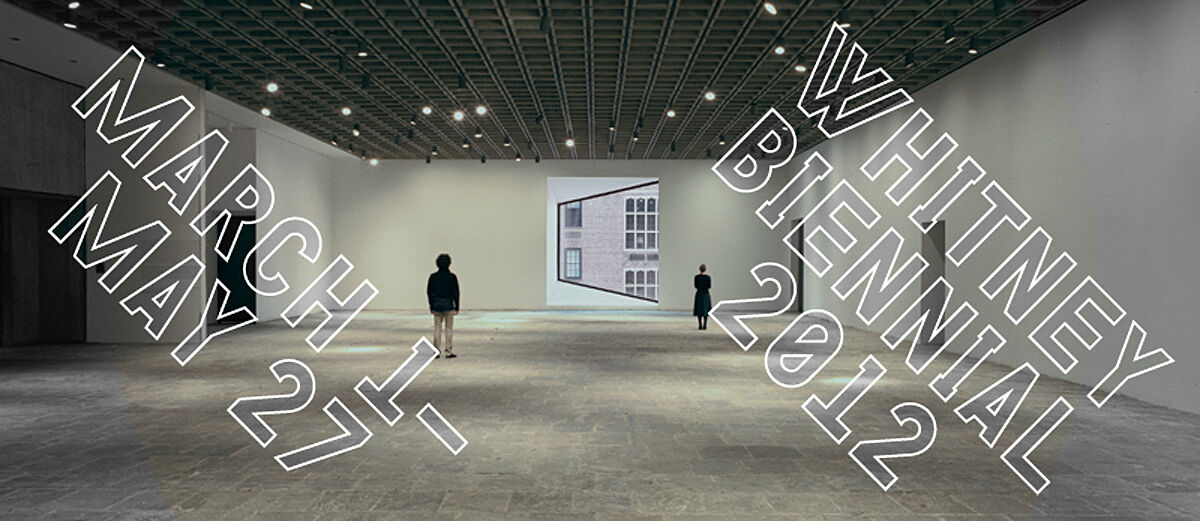Curating the Whitney Biennial Film Program
Mar 26, 2012
For Whitney Stories, Light Industry directors Ed Halter and Thomas Beard write about their experience in developing the film program for the 2012 Whitney Biennial.
The Whitney Biennial has included film and video since the 1970s, and remains one of the few major events where new developments in American cinema can be seen alongside those in contemporary art. The show’s 2012 curators, Elisabeth Sussman and Jay Sanders, met with us over a year ago, at first just to have a casual conversation about what was going on with film and video in relation to the current art world, and how cinema had played out in previous editions of the Biennial. A few weeks later, they contacted us to propose an idea that was new for the Biennial: they wanted us to curate its film program, but not separately, as had been done in many Biennials before. Rather, all four of us curators would collaborate on it together. The thinking was that by doing so, we'd be able to draw more connections between the various strands of artistic practice that would be showcased, which would include not only traditionally gallery-based work like painting, sculpture, photo and installation, but performance, dance, and music, as well as film and video.
One of the longstanding issues faced by artists working in film and video at the Biennial is how to exhibit work made for the cinema in a museum context, particularly in a show that lasts multiple months. So we put forward the idea of giving each artist a week long "run" in the Whitney's film and video gallery, with multiple screenings each day at scheduled start-times. We hoped that this would counter the normal tendency of museum-goers to treat all moving image works as installations, walking in and out of them without really taking in the work as a whole. It also avoided problems faced by filmmakers in past
Biennials, where some of the works might only screen, say, twice during the show’s entire run. We're glad to say that so far it seems to be working, with audiences arriving on time and taking their seats for the show. And this all fits in well with the 2012 Biennial's overall schedule of performances and other events.
In terms of the kinds of film and video on view, we chose to showcase a wide range of practices, including experimental film, documentary, feature filmmaking, and film and video by visual artists. This decision was partly inspired by the history of the Whitney’s film and video programming, which has embraced all these forms throughout the past several decades. But it's also meant to reflect all the possible things cinema can be in the 21st century, bringing works that aren’t always seen in an art-world context into dialogue with contemporary art.
Learn More about Light Industry
Light Industry is a venue for film and electronic art in Brooklyn, New York, that hosts weekly events weekly organized with artists, critics, and curators. Visit Light Industry's website to learn more about its weekly programs.
Learn More About the 2012 Biennial Film and Video Program
During the 2012 Whitney Biennial, the film and video gallery on the second floor offers a full program of timed screenings of work ranging from cinematic features to experimental shorts.


